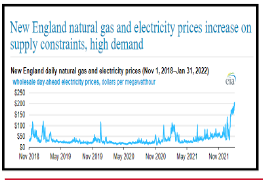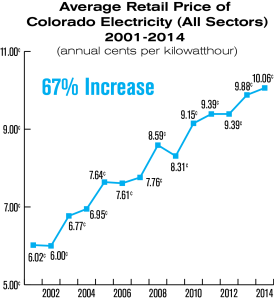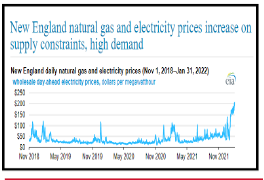
Community Solar – Expand Benefits Beyond Subscriber Debt Protection
Local governments can develop economic benefits and other quality-of-life benefits from community solar projects. The city of Pueblo, Colorado, along with Johnson Controls and GRID Alternatives, has launched a two-megawatt community solar project that will provide Energy Rates in Waco power to low-income families and transfer the money to a “community solar benefits program, which will support job training ., educational opportunities in addition to other programs and financial assistance that will improve the quality of life for our residents. In this case, registration for affordable housing is provided by the Housing Authority of the City of Pueblo (HACP), ensuring that its residents benefit from the project; extensive savings from the solar energy generated will go to the Community Solar Benefit Plan. The Housing Authority of the City and County of Denver (DHA), by managing and acting as the financial sponsor for the city’s two-megawatt solar project, reduces the developer’s risk and reduces energy bills from about 500 LMI households. The electricity consumed by DHA buildings is collected and paid for by DHA, so the money from the city’s solar project is reinvested in the company. As a Pueblo community, DHA and GRID Alternatives are working together to provide approximately 50 LMI people with solar skills training.

Identifying community needs can help local governments fully utilize community solar energy by identifying multiple economic and quality-of-life benefits to include in the installation and implementation of solar energy programs. In this context, DHA supports its residents by providing skills training and improving public housing as part of program management.
Reducing the risk and reducing the cost of LMI community solar development
Besides acting as a financial sponsors for projects, local governments can help reduce the risks associated with the development and operation of municipal solar projects.
Minimize the impact of subscription conversions
Local solar retailers often view LMI households as risky customers due to high consumer prices and exchange rates. Local authorities can help solve this problem by serving as a “first responders”. Anchor subscribers buy a significant portion of a country’s solar subscription and, if they can make adjustments to their subscription size, can act as a safety net for potential customers to subscribe to the service. . The city of Mankato, Minnesota bought a 15% stake in the city’s solar project to ensure subscriptions are flexible enough for LMI customers to qualify. Mankato’s enrollment will help make regional programs and urban solar projects more accessible to more customers.
Lend money or give public property
Local governments can provide public land or passive rooftops or lease them at a discount to solar developers. The local government can support the rental or donation of real estate to ensure that LMI families in the surrounding area can benefit from this service. In Washington, D.C., the Oxon Run Community Solar Project is located on a public brownfield site and provides free electricity to approximately 750 nearby families each year. The city oversees the city’s solar project and, along with the non-profit organization Groundswell, manages grid subscriptions.
Create a loan to support residents in accessing ITM
Some local governments may be able to set up a state-backed solar loan program that will help reduce barriers and fill funding gaps when grants or other funding sources do not cover the full cost. The community center in River Falls, Wisconsin, supports a solar loan program that lowers the initial cost of participation and extends the remaining amount over one to three years. Other local governments may extend similar loan programs to IMT customers by lowering the initial cost, including lower interest rates.




